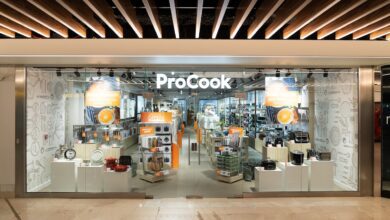The future of till-free shopping

When we’re used to hauling our shopping out of the basket and placing tins, packets and bottles on a conveyor belt or self-checkout counter, it’s going to be a little strange getting used to being waved through by a security guard without any interaction at the checkout. This vision of the future looks set to be the reality for a growing number of shoppers if the trend towards till-free grocery shopping takes off.






